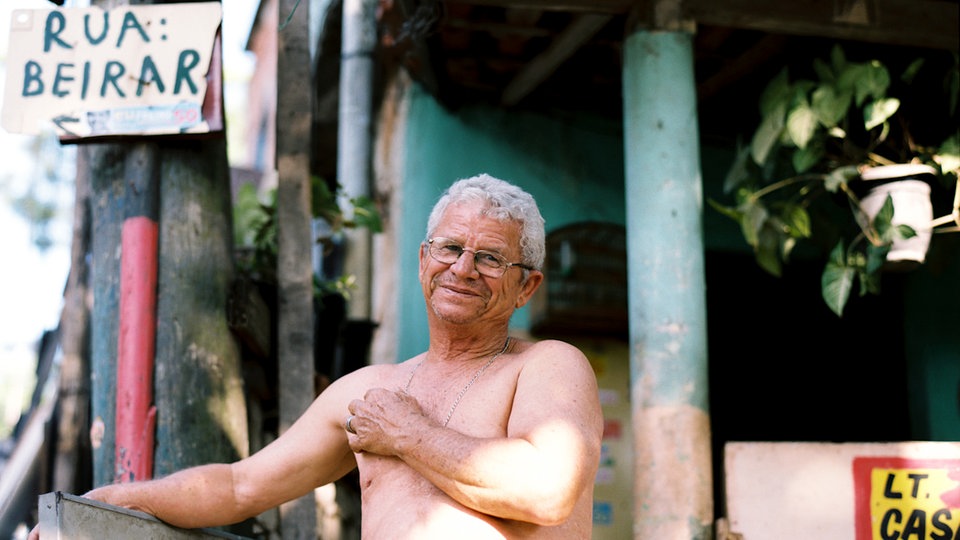The Human Impact of the Fifa World Cup in Brazil
The Fifa World Cup 2014 in Brazil is the reason for many debates, demonstrates and riots. The street art resistance is depicted in a previous article of InEnArt.
Now, the games have started and the international press is not covering the discussed issues as beforehand. Even the Brazilians themselve seem to have lost any hope that the riots or not to mention the Fifa can actually improve the current living conditions of the majority of the Brazlians. Nevertheless, the fact that the Fifa World Cup 2014 and the upcoming Olympic Games in 2016 actually do have an impact on the Brazilian population, even if its a bad one, is not directly imaginable for us.

The slums – the favelas in Brazilian cities – usually get attention because of gang conflicts, drug crime affairs or decreasing safety. Almost all of the documentaries and reports that are published in both the Brazilian and the international media issue these topics over and over again. But what the official media does not cover are the social structures which are highly efficient and inalienable for people who actually live on the edge of the Brazilian society.
[widgetkit id=14985]
Even though the Favelas might be under control of organized criminal gangs, there are also “normal” families and friends with social needs living there. By taking care of each other they are able to create a strong net and a very own safety and control system. Ahead the sports events, when the whole land seemed to be under construction, when the hopeful expectations and the euphoric mood turned into demonstrations and frustrations among Brazilians after many of the 1.000 Favelas began to disappear – step by step. The government consistently followed a plan to make the cities more attractive and safe for the expected tourists. The slums became a disturbing aspect for the worldcup. Some of the favelas are attractively located with views on the cities, the stadiums and the sea. This is a further reason why entire areas were destroyed in order to make space for hotels and apartments.
 Not only the houses itself but also the social structures were dissolved even as outlined above if they had a more or less functioning organism . More than 250.000 thousand people where displaced and pushed to the edge of the cities, sometimes 60 km away from their former homes where their current living conditions developed from bad to worse: there are neither houses or electricity, nor any kind of infrastructure for the people who are affected by this forced relocation. Now, they have to live randomly together and the formerly existing social structures are broken.
Not only the houses itself but also the social structures were dissolved even as outlined above if they had a more or less functioning organism . More than 250.000 thousand people where displaced and pushed to the edge of the cities, sometimes 60 km away from their former homes where their current living conditions developed from bad to worse: there are neither houses or electricity, nor any kind of infrastructure for the people who are affected by this forced relocation. Now, they have to live randomly together and the formerly existing social structures are broken.
The problems arising with this social cleansing policy lead thus to even more criminal activities and less safety. The former problems the governement had to face with the Favelas are not resolved but simply moved away from the eyes of the international press.
The German photographer Marc Ohrem-Leclef created between 2012 and 2013 two series of photographs in Rio’s favelas to capture the human impact which the sweeping policies of removal created, and gave a voice to the plight of the people affected. These series were published one month before the world cup under the title Olympic Favela:
[widgetkit id=14999]
Photos, Marc Ohrem-Leclef

